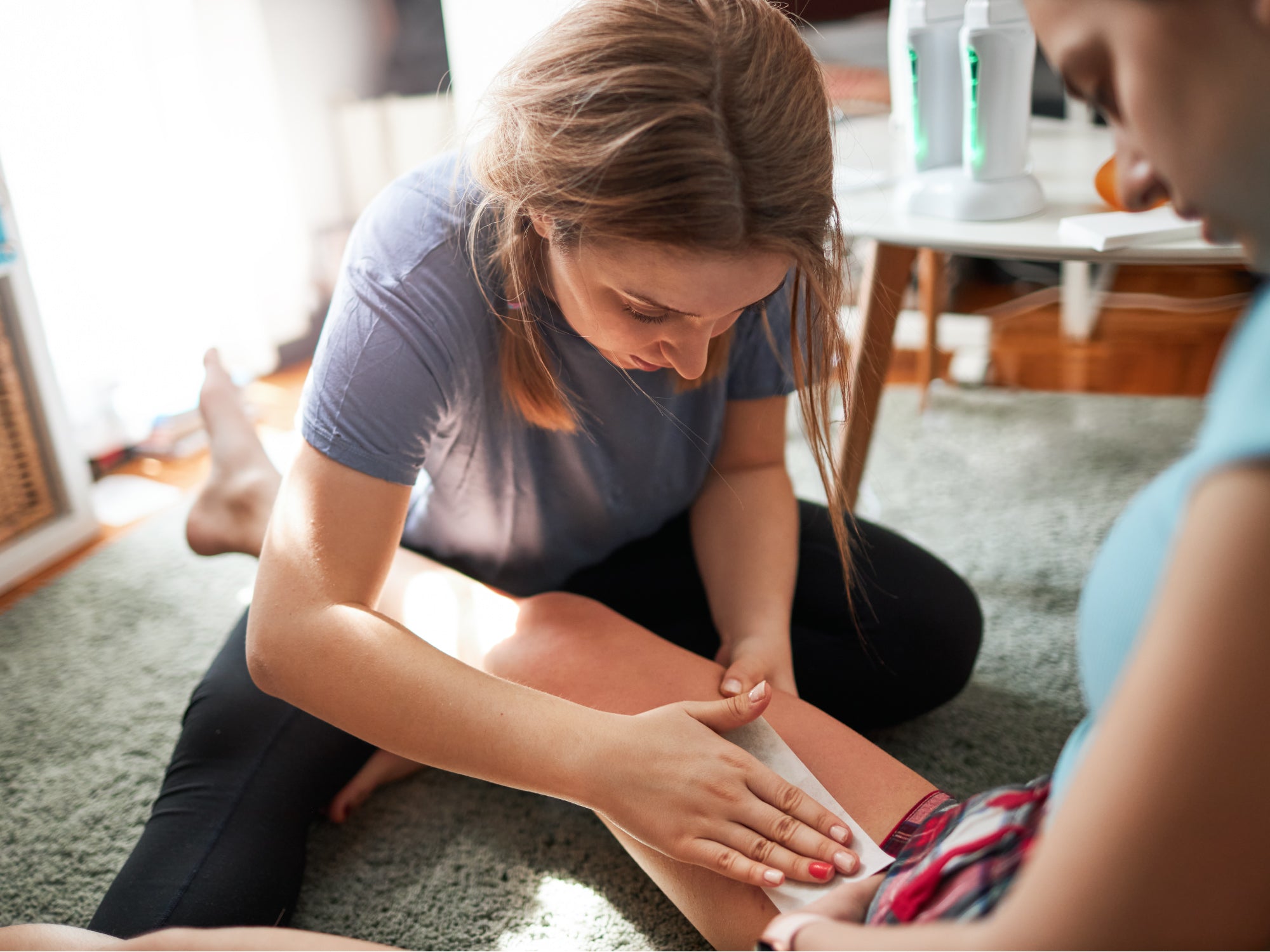A couple of months into lockdown and a lot of us are turning our (or our flatmate's!) perhaps misguided hands to DIY beauty treatments. Unfortunately, it turns out that professional beauty therapists earn their money because they know what they’re doing!
As far as waxing goes, professionals have the skills and the experience to make sure the process hurts as little as possible, both during the procedure and afterwards.
Waxing causes trauma to the skin: ripping hair out by its roots is very likely to cause bumps and rashes, so most sore skin after waxing is simply this kind of damage. It’s a form of folliculitis, which is simply inflammation of the hair follicles, and unlikely to be an allergic reaction to the wax itself. However, some facial waxes do contain ingredients that could trigger reactions, and the only way of avoiding that is to always do a patch test first.
But whether it’s just irritation or an allergic reaction, what on earth will soothe that burn?! We’ve got some tips to soothe that angry skin.
1. Take your time. There’s no way around it, time heals all wounds.
2. Avoid friction: wear loose, light, breathable cotton clothes for the first 24 hrs
3. Wear longer-legged knickers/shorts as underwear rather than briefs to avoid hems rubbing bikini waxes
4. Leave the exercising for a few days - that includes intimate exercise!
5. Ice, ice baby! Use a cold damp compress or ice pack wrapped in a cloth to soothe the burn.
6. If the hairs grow back ingrown and show as whiteheaded bumps, try a warm compress instead; hold a wheat bag or warm damp flannel against the area.
7. Avoid hot showers or baths - stick to brief, lukewarm showers instead.
8. Use unscented products to keep the area clean - no perfumed lotions & potions!
9. Avoid products containing alcohol after facial waxes; this means not using toner until the rash has subsided.
10. Smooth on Balmonds Chamomile Baby Oil immediately afterwards, to provide a quick, gentle protective layer over sensitive skin.
11. If the area is raw and rashy, apply Balmonds Skin Salvation as a calming salve.
12. Suspect infection if the bumps become pustular or white headed; to manage this at home, use Balmonds Scalp Oil with antimicrobial tea tree and rosemary, but consult a doctor if it doesn’t improve or if the area shows signs of swelling.
Recommended products:
Balmonds Chamomile Baby Oil with chamomile & lavender (£11.99 for 200ml)
Balmonds Skin Salvation with beeswax & hemp (from £7.99 for 30ml)
Balmonds Scalp Oil with tea tree, rosemary & borage (£14.99 for 50ml)
